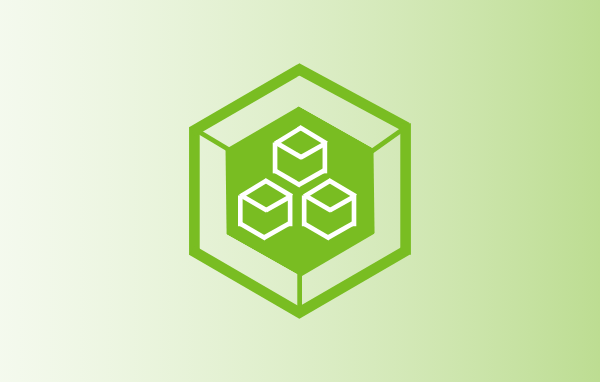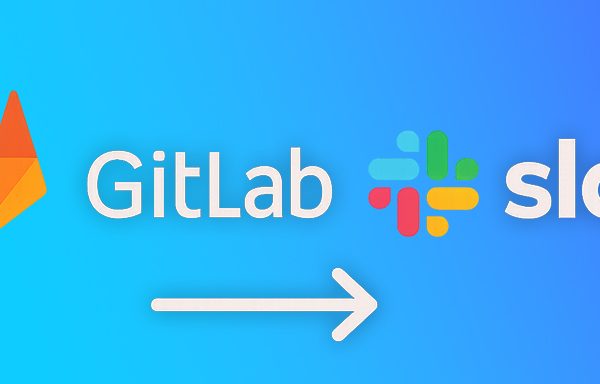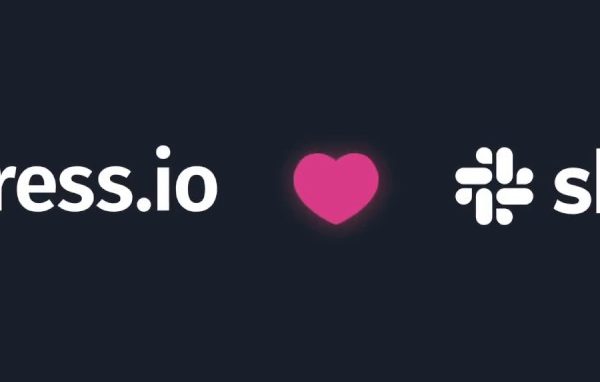How does it sound to set up a complete spring application, with front-end and database? With all the models, repositories and controllers? Even with Unit and Integration tests, with mocked data? All within a few hours? Your solution is JHipster!

JHipster
JHipster or “Java Hipster” is a handy application generator, a development platform, to develop and deploy web applications. JHipster has become popular in a short time, and it has been featured in many conferences all around the globe – Montreal, Omaha, Taipei, Richmond, Frankfurt, Paris, London. It supports:
- Spring Boot (Back-end)
- Angular/React/Vue (Front-end)
- Spring microservices
JHipster is used for generating complete applications, it will create for you a Spring Boot and Angular/React/Vue application, high-quality application with most of the things pre-configured, using Java as back-end technology and an extensive set of Spring technologies: Spring Security, Spring Boot, Spring MVC (providing a framework for web-sockets, REST and MVC), Spring Data, etc. and Angular/React/Vue front-end and a suite of pre-configured development tools like Yeoman, Maven, Gradle, Grunt, Gulp.js and Bower.
JHipster gives you a head start in creating Spring Boot application with a set of pre-defined screens for user management, monitoring, and logging. The generated Spring Boot application is specifically tailored to make working with Angular/React/Vue a smoother experience. At the top of all that, JHipster also gives you the tools to update, manage and package the resulting application.
By now you may think it sounds too good to be true… But it is not everything that JHipster offers. If you are a web developer, by now probably you have a lot of questions. 🙂
One important question we will answer in this blog post: is it supported by today’s cloud solutions, is it compatible with all of them? The answer is yes, it is compatible with the popular cloud solutions from Google, Amazon, Microsoft, and Heroku. Let’s see what it takes to make a complete integration in Google’s cloud platform, the app engine.

Google App Engine
Google App Engine is a cloud solution provided by Google, a platform for developing and hosting web applications in data centres managed by Google; Platform as a Service (PaaS). Applications are sandboxed and run across multiple servers. The App Engine supports Java or Python, uses the Google query language and stores data in Google BigTable.
It is free of usage up to a certain amount of resource usage. After the user is exceeding the limited usage rates for storage, CPU resources, requests or number of API calls and concurrent requests can pay for more of these resources.
It is fully compatible with the JHipster generated projects. What it takes to host your application is just to follow the official how-to guide from Google App Engine documentation, as normal Spring Boot Application. To make things easier, Google offers a database which works closely with the Google App Engine, the Cloud SQL.
Cloud SQL
Cloud SQL is a database service offered by Google for their cloud solutions, fully-managed that makes it easy to configure, manage, maintain, and operate your relational databases on Google Cloud Platform.
It offers three database options to integrate with:
- MySQL
- PostgreSQL
- SQL Server
Let’s get into details of integrating with Cloud SQL for MySQL:
- The first step is to create a Cloud SQL instance on the Google Cloud Platform, which requires few things like instance ID, password and etc. to be set and it gives you the option to choose the MySQL database version.

- The following step is to create the database in the newly created instance. It is possible to have more databases in one instance.

- Now, our application, in the case to be able to communicate with the Cloud SQL, without any permission blockers, we need to register the application in the Cloud SQL and manually configure the service account roles.


- The final step is connecting your application to the created Cloud SQL instance. It is done through JDBC. All the required properties can be found in the overview of the Cloud SQL, instance connection name, credentials and etc.

So the conclusion: don’t be afraid to invest some time in new technologies, be curious, you never know where they may lead you. Thank you for reading. 🙂




